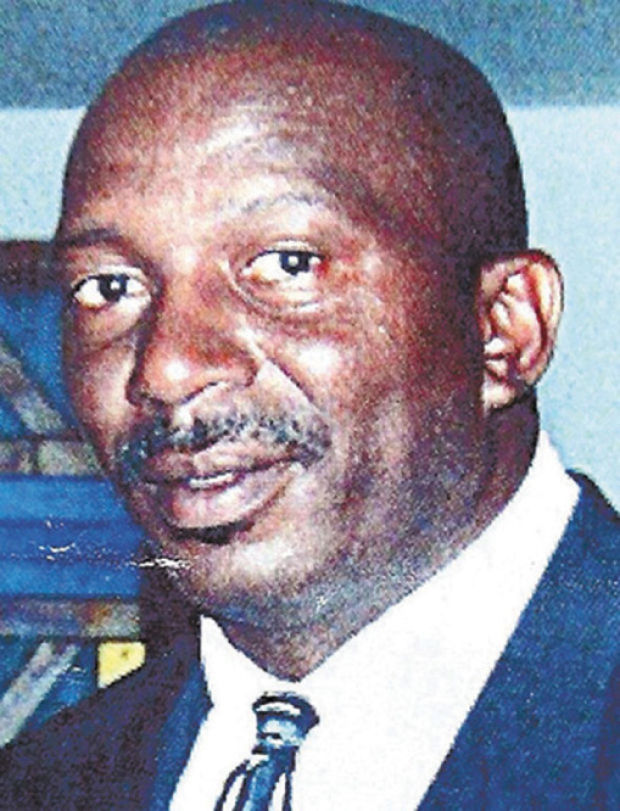In Messay’s book brokered boundaries, he talks about the living conditions and ideology after they came to the U.S. Many of them are unable to adapt the American culture and suffer from the discrimination. Therefore, generally these immigrants live in the lower class in American society, and they have less power to dominate in the Country. Also the same situation happened on the early generations of Chinese immigrants in the U.S, and the Arabian immigrants in France. It is really hard for immigrants fit the society and get the respect from others in the early times. However, during 19th, groups of immigrants are different from them. Those people came from the rich western countries like Britain, France and Spain, and they moved to their countries’ colonies in developing countries. In Magaret Duras Book, the Lover, she talks about a poor French family in Vietnam. Even though their economic situation is bad, but their race still have the high social status in the colony. Therefore, I believe that the powers will decide the immigrants’ status in the country.
By the late 1880, France government controlled Vietnam and other southeast Asian countries, and these areas were considered as French Indochina. These colonies were developed fastly, and they turned to be the most lucrative colonies for France. Therefore, more and more French people moved to Vietnam to search economic opportunities or work for the government. The female main character Jane’s family moved to Vietnam from France, and her mother worked in the local schools. In their lives, we can see the segregation in Vietnam and the differences of the social status among races.
Having strong political power can ensure the race’s to have the privilege in the country. Even though French people were new to Vietnam, because they had the absolute power on politics, they could make the regulations by themselvs. They had the right to enact policies and laws, so all rules are made for benefit French people. Therefore, They have the superiority in the colonies, and the society was divided into several levels. White was considered as the top class in Vietnam. For instance, in The Lover, it describes the segregation situation in French Vietnam colony. There were reserved seats for the white on public transportation, and French kids went to different schools from the local students. All these rules provided white people advantageous , so they lived better than the local citizens.
Economic is also an essential factors to determine immigrants’ social status. Under the protection of the French government, the white people in colonies can have a better economic conditions than the local citizens. Most profitable business were run by the white people, and they could find high salary jobs much easier. In addition, when the white people in colonies were in the poverty, the government will give them necessary assistances on economy. In the Lover, the main character Jane was from a very poor French family in the colony. However, their lives were much better than the local Vietnams. Her family still had a maid to serve them, and they had enough food to eat. Like she said in the book, “we are poor, but we do not need to starve, because we are whites.” The whites in the colony live have the power to dominate the society, because they are rich, and money helps them to live in a high standard. Thus, the social status of French people is high in Vietnam.
Political power and economic situations are crucial factors to develop the race’s social status. The colony provide more opportunities to the dominant race, and they are above the local people as well as other races. Therefore, the white people in Vietnam had the superiority in the society.
http://alphahistory.com/vietnam/french-colonialism-in-vietnam/





/cdn0.vox-cdn.com/uploads/chorus_asset/file/664892/race_arrests.0.png)


